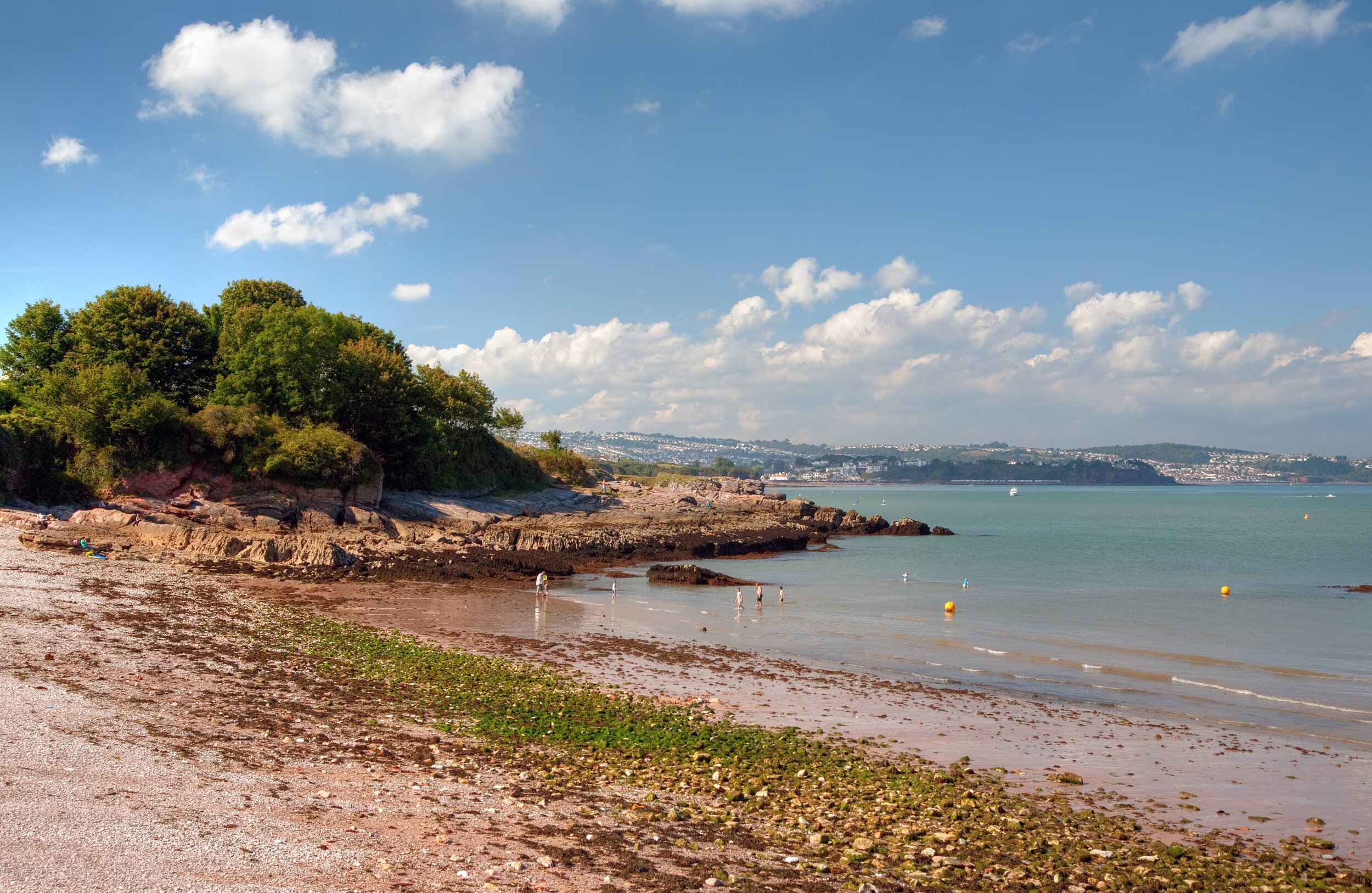Devon is well worth a visit for its incredible history. The beauty of its stately homes and manor houses is only matched by its vast array of important ancient landmarks. Here is an introduction to Devon’s incredible historical past.
Devon’s Origins
Devon’s name comes from the word Dumnonia, referring to the fact that the region was once home to the Dumnonni Celts during the British Iron Age and during Roman Britain. The name is believed to mean ‘deep valley dwellers’. Over the next 500 years, southwest Britain was invaded by Anglo-Saxon settlers, and by the mid 9th century, these settlers had conquered most of present day Devon and taken control of its population.
The city of Exeter played a vital role in resisting the Viking invasions that began soon after. One of the first and most accurate mentions of The Vikings arriving in Devon was in 836AD when King Egbert of Wessex fought with 35 shiploads of Vikings at Carhampton. However, after repeated invasions, in 1001 AD, the Devonians were defeated and the Vikings made an attempt at settling in the land. A few remnants of their occupation remain in the county’s modern day place names, such as Lundy Island.
Devon's beaches are stunning.
Devon’s Historical Architecture
In all corner’s of Devon you will find buildings of important historical significance. Exeter Cathedral was built in 1400, and is considered to be one of the most important cathedrals in the whole country. It has the longest uninterrupted vaulted ceiling in England.
Exeter Cathedral.
Brentor Church is another important historical attraction you can visit in Devon. It is a very small church perched on top of a rocky outcrop on Dartmoor known as Brentor. The church stands 1,110 feet above sea level on an ancient, extinct, volcanic cone. It is an important ancient site, surrounded by an Iron Age earth-walled fort that was built around 50AD. Other important historical sites found in Devon include Bayard's Cove Fort, Clyston Mill and the Coldharbour Mill Museum.
Devon During the World Wars
During the First World War (1914-1918) The Devonshire Regiment raised 25 battalions, fighting on the Western Front against Germany and in other locations against Germany’s allies, Austria-Hungary, Bulgaria and Turkey. Sadly not a single village in Devon village survived the First War without a loss. During the Second World War Devon & Cornwall's airfields played a major role in operations, including Chivenor, Winkleigh, Exeter, Falmouth, Portreath and St. Mawgan.
Sir Francis Drake
Of course Devon’s incredible history is not just about its buildings, it also includes its people. One of the county’s most famous residents was Sir Francis Drake, who was born in Tavistock in 1540 as the eldest of twelve brothers. Known for defeating the Spanish Armada, in 1581 Elizabeth I knighted Drake onboard his famous ship, the Pelican. In 1580 Drake purchased Buckland Abbey near Yelverton, Devon. Founded as a Cistercian Abbey in 1278, today it is Grade listed and owned by the National Trust. In Plymouth stands a 10-feet tall bronze statue of Drake that was first unveiled in 1884.


